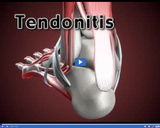
Tendonitis is an inflammation of the tendon.
- Subject:
- Science
- Provider:
- Utah Education Network
- Provider Set:
- Animations and Images 2011 Collection
- Author:
- Visual Learning Company
- Date Added:
- 08/18/2011

Tendonitis is an inflammation of the tendon.
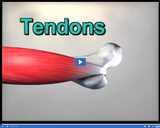
Tendons are tissues that attach muscles to bones.
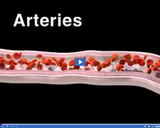
Arteries are blood vessels with thick, elastic, muscular walls that carry oxygen-rich blood from the heart to the body.
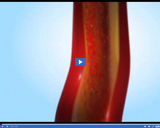
A common cause of high blood pressure is a disease called "atherosclerosis." Atherosclerosis is a condition characterized by narrowing of the arteries. This is due to an accumulation of fatty deposits called "plaque" on the inner walls of arteries.
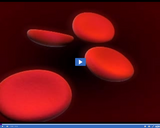
Red blood cells have two possible carbohydrates which coat their surface. The letters "A" and "B" refer to these two different types of carbohydrates.
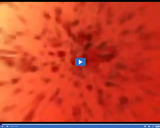
As you know from getting cut, blood is a fluid. Almost 55% of the total volume of blood is made up of a liquid called "plasma." Plasma consists mainly of water.
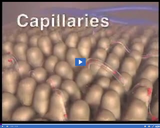
Thin-walled blood vessels called capillaries are so small that blood vessels flow through them in single file. Gases, nutrients, and wastes are exchanged through the thin walls of capillaries.
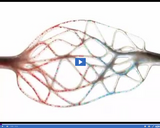
Thin-walled blood vessels called "capillaries" are so small that blood cells flow through them in single file. Gases, nutrients, and wastes are exchanged through the thin walls of capillaries. Capillaries form branches that connect to arteries and veins.
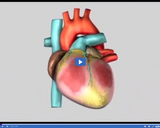
The pumping action of the heart has two main periods: a period of relaxation called the "diastole," and a period of contraction called "systole."
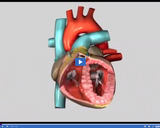
From the left ventricle, oxygen-rich blood enters the largest artery in the body, the aorta. Arteries stemming off the aorta carry oxygen-rich blood to all parts of the body.
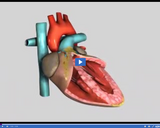
The heart is made up of four main chambers or hollow compartments. The septum, a thick wall of tissue, separates the hearts' right side and left side. Right and left is referred to as if the heart were in your own body.
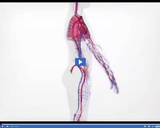
Your body also has a vast network of pipelike structures called "blood vessels" that transport blood.

Platelets consist of cell fragments that play a key role in blood clotting. Through a series of reactions, platelets help weave a net across a cut or injury. Without clotting, you'd bleed to death.

If you place your fingers on the underside of your wrist, you can feel blood pulsing in an artery. Veins, another type of blood vessel, return oxygen-depleted blood to the heart.
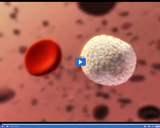
The two main types of blood cells include red blood cells and white blood cells.
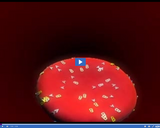
A person with type AB blood has both carbohydrates, and a person with type O blood has neither of these carbohydrates
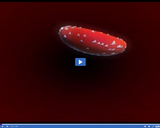
A person that has blood type A has the type of A carbohydrate in their blood cells,
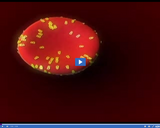
A person that has blood type B has the B-type carbohydrate in their blood cells
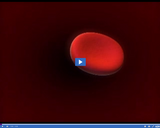
A person with type O blood has neither type A or B carbohydrates
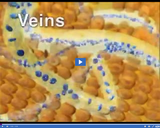
Veins, another type of blood vessel, return oxygen-depleted blood to the heart.